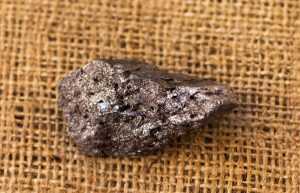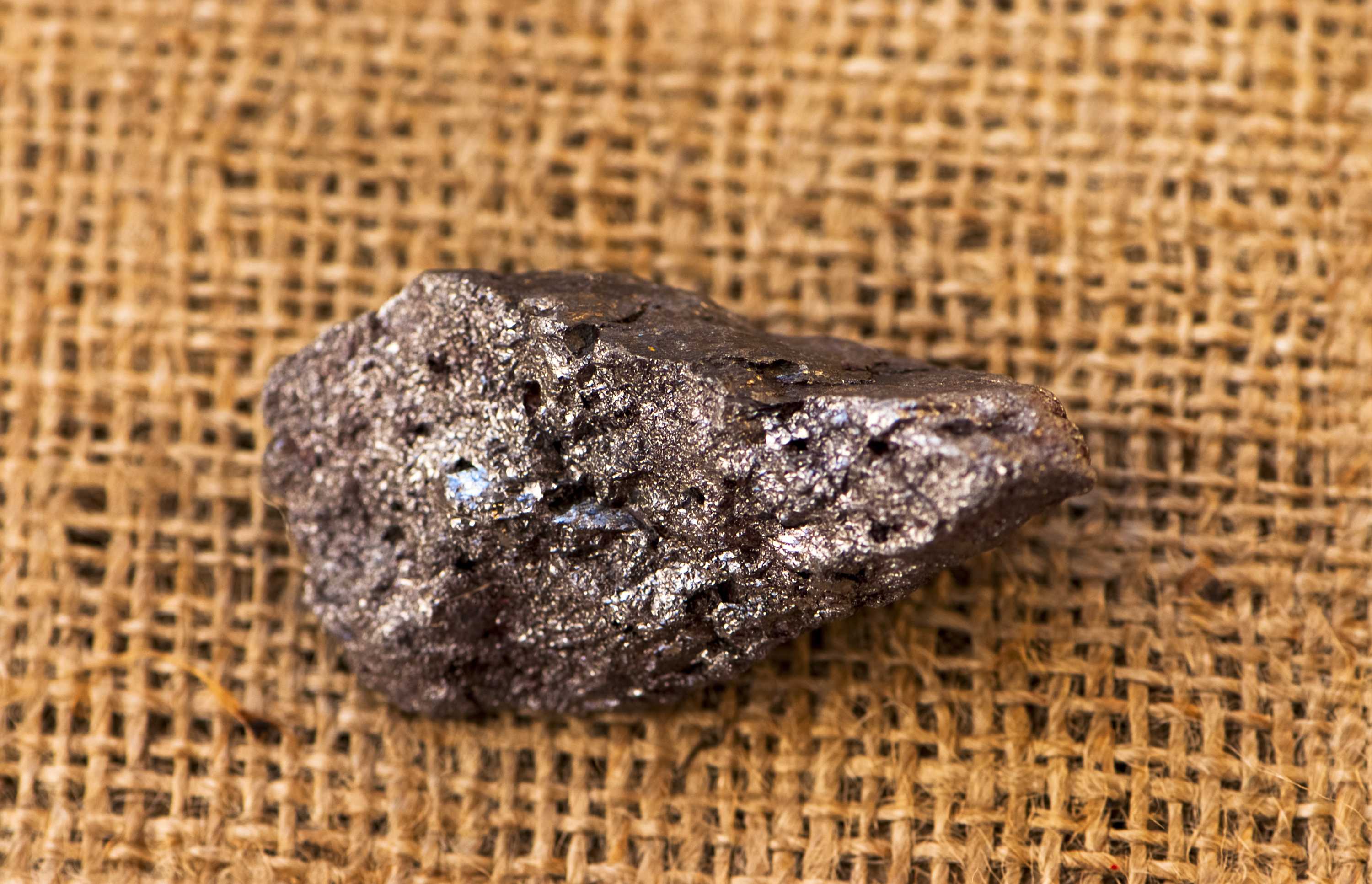 Ever wondered which material in the world is considered the strongest? Just thinking about it is fascinating, since the possibilities stemming from such a material can seem endless. More durable homes/buildings, cars, and even potential for extreme exploration — it’s an engineering dream. This piece will talk about the strongest known materials, both in the fiction and non-fiction worlds.
Ever wondered which material in the world is considered the strongest? Just thinking about it is fascinating, since the possibilities stemming from such a material can seem endless. More durable homes/buildings, cars, and even potential for extreme exploration — it’s an engineering dream. This piece will talk about the strongest known materials, both in the fiction and non-fiction worlds.
Real Life
When talking about the strongest materials, several metals are always in the discussion. They can’t be used in various industries until they’re processed, and by no means can it be practically done by hand. Processes like engineered precision machining are required to shape most industrial metals. But outside of that, common steel and iron and the likes are at the lowest rungs.
The strongest known natural metal is tungsten. Its tensile strength stands at 1510 megapascals. A megapascal (MPa) is used in gauging high pressure ratings: 1 megapascal is equal to 145.038 PSi. Tungsten’s MPa rating means that it can withstand over 219,000 pounds pressing on every square inch of its surface without denting.
There’s something stronger than tungsten, however, and it’s not a metal. It’s a synthetic material called graphene. Composed of carbon atoms (the same stuff in pencils) linked in hexagons, graphene is so thin that it’s considered two-dimensional. But don’t let that fool you — it’s the strongest material in the known universe, a layer of it can hold a truck atop a pencil, and its creators won the Nobel Prize.
In The Fiction Realm
Two materials stand out in science fiction: adamantium and vibranium. The former is an alloy created by a scientist while trying to replicate vibranium, which makes up Captain America’s shield. No numbers exist to gauge the strength of adamantium, but it’s purportedly strong enough that even Superman himself can’t break it. The best he could do is dent the metal, provided the adamantium is of the ‘true’ variety and not a weaker substrate.
Then, there’s vibranium. Wolverine’s adamantium claws are already considered indestructible, but it didn’t break Captain America’s shield. Nor did Thor’s Mjolnir (which also has a super metal, Uru), or Hulk’s smash. This puts vibranium in a class of its own. But there’s an interesting tidbit, still grounded in reality, that links back to these two metals: a theoretical alloy of hafnium, carbon, and nitrogen has a 7,460 degrees-F melting point is considered a good adamantium replica.
So far, the only true super material in existence is graphene. But who knows? Maybe the Earth doesn’t hold reserves of such; maybe the stars and other planets do. Or perhaps the Earth does have it, but it’s just extremely rare. Mankind’s extended exploration efforts might eventually find it one day.




